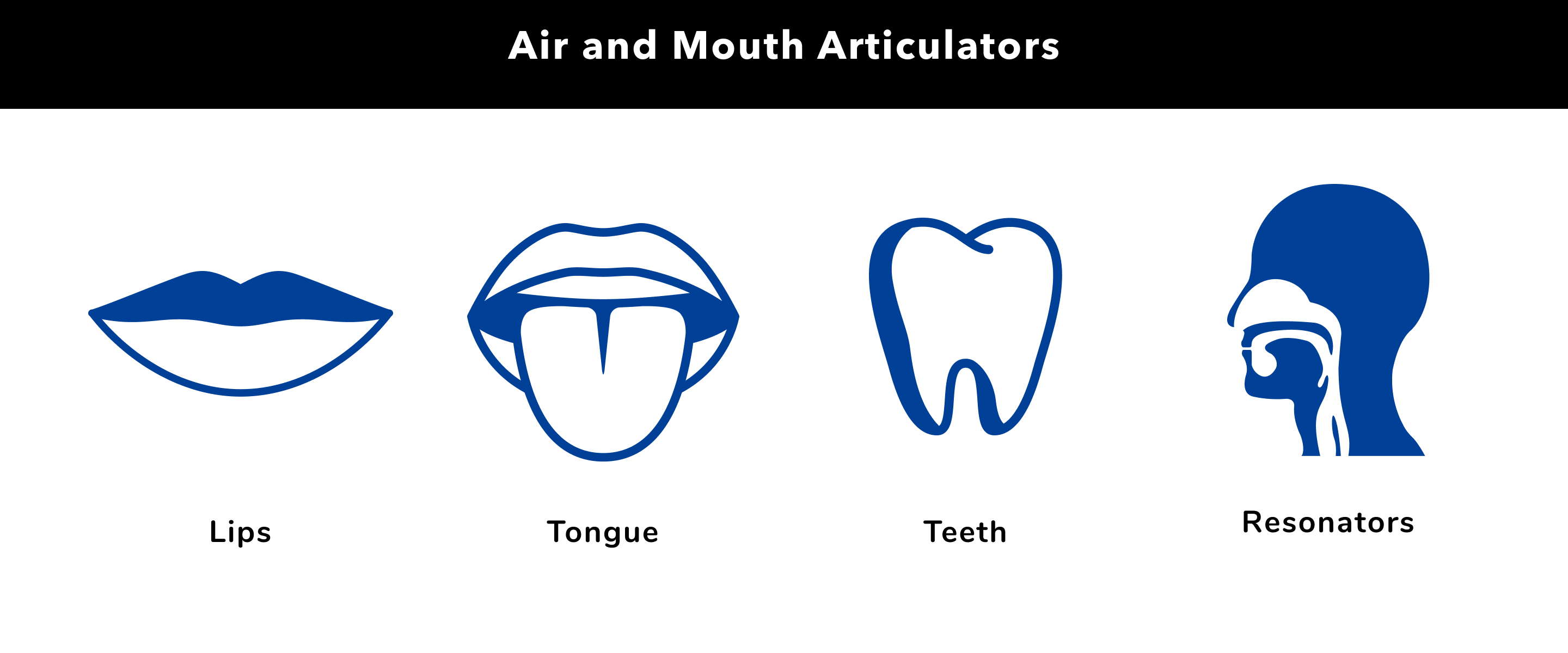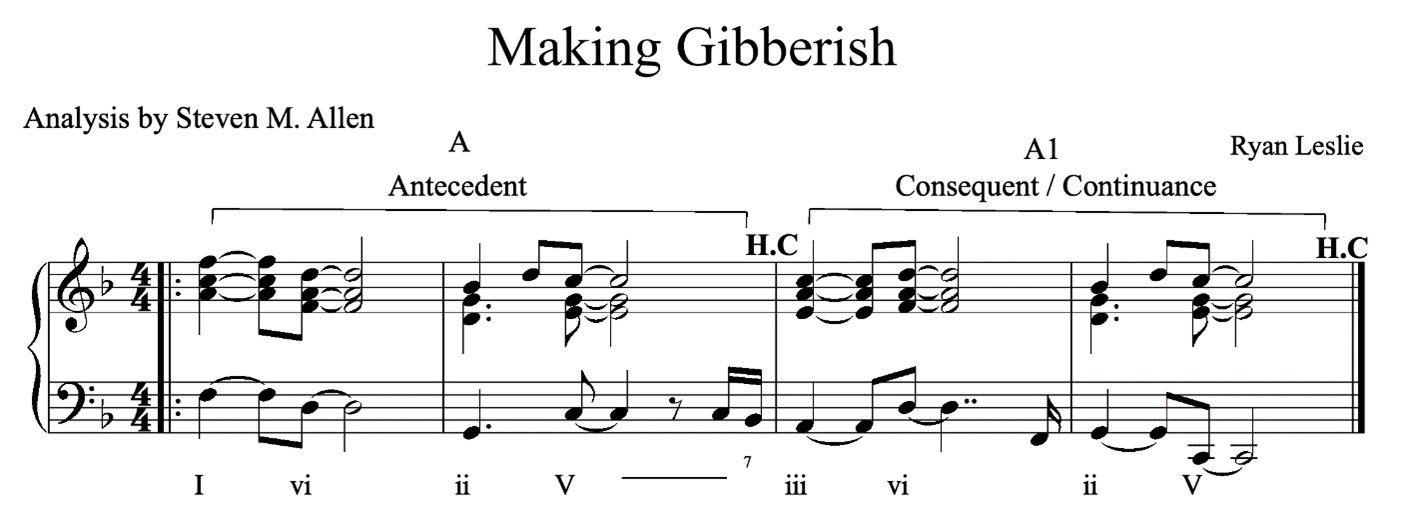
Composition of Contemporary R & B Music
Another popular form of music in the twenty-first century is rhythm and blues, or R & B music. This section will examine the ways in which technology has shaped the genre.
In the video, Ryan Leslie "Gibberish", who some consider the Black Mozart, provides first-hand insight into the development of music and technology in the twenty-first century, specifically as it pertains to R & B music. This style of music continues to evolve immensely with the tremendous advancements in digital audio techniques, including workstations (DAW) and musical instrument digital interfaces (MIDI).

Ryan Leslie Making "Gibberish" [ 00:00-05:54 ]
Through the first twenty seconds of the video, Leslie decides on which particular sound, instrument, and timbre will serve as the foundation-principal instrument(s) and harmonic language, or in this case, sequence-of the piece. He uses a beatbox technique, percussive sounds produced by air and mouth articulators (lips, tongue, teeth, and resonators), more than just as metronomic reference. Moreover, it is intrinsic to the nature of improvisation and syncopation against a continuous or repetitive rhythm/beat-a prime example of what Rose identifies as "layering."

Ryan Leslie Making "Gibberish" [ 00:35-00:46 ]
We hear this sequence completely in the video "Gibberish" from 00:34-00:46. Notice that Leslie adds a few other bass configurations going into the consequent:
By 00:51, an introduction has been added. Now, Leslie uses a midi trumpet to establish a motif, which is a series of notes that form a melodic or rhythmic event within the piece. Leslie could have used the DAW to produce the trumpet sound, but computer technology had just begun at this time, and he is going for more of the authentic trumpet timbre. Also, notice that Leslie adds a software instrument to this two-bar introduction and repeats it four times before arriving at 01:12. At this point, there is a two-bar transition, a kind of bridge to a foreign key that announces the beginning of the four-measure sequence mentioned earlier.

Ryan Leslie Making "Gibberish" [ 00:00-05:54 ]

Ryan Leslie Making "Gibberish" [ 00:00-05:54 ]
As the video continues, Leslie employs "layers" of live percussion along with other instrumentation and effects. Of particular note, and indeed what we will hear in other examples, is the use of the "808" bass sample from 01:45-02:00, a staple in the rap genre. Also, starting at 01:56, notice the "scratch" technique, a primary element in the birth of hip-hop, that Leslie creates using the keyboard's pitch bender.
Finally, at 02:00, we hear somewhat of the completion of the mix. For variety's sake, Leslie has used an ornamental configuration of arpeggiosPlaying the notes of a chord consecutively (harp style). A broken chord in which the individual notes are sounded one after the other instead of simultaneously. during the first sequence 02:00-02:12. In the following sequence 02:13-02:27, a solo instrument improvises a melodic line to fit the harmonic structure. Rather ornamental or structural, we can still hear the foundational sequence repeated over and over. Throughout the creative process, Leslie's chief aim is to reserve space and place the voice within the studio mix using Auto-Tune, a digital effect used to manipulate the voice.

Ryan Leslie Making "Gibberish" [ 00:00-05:54 ]








